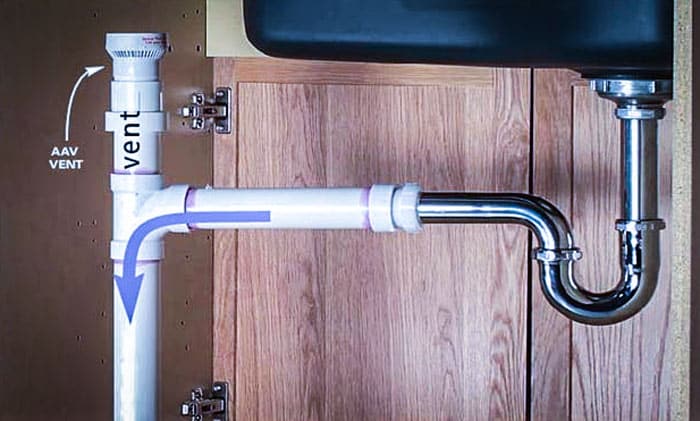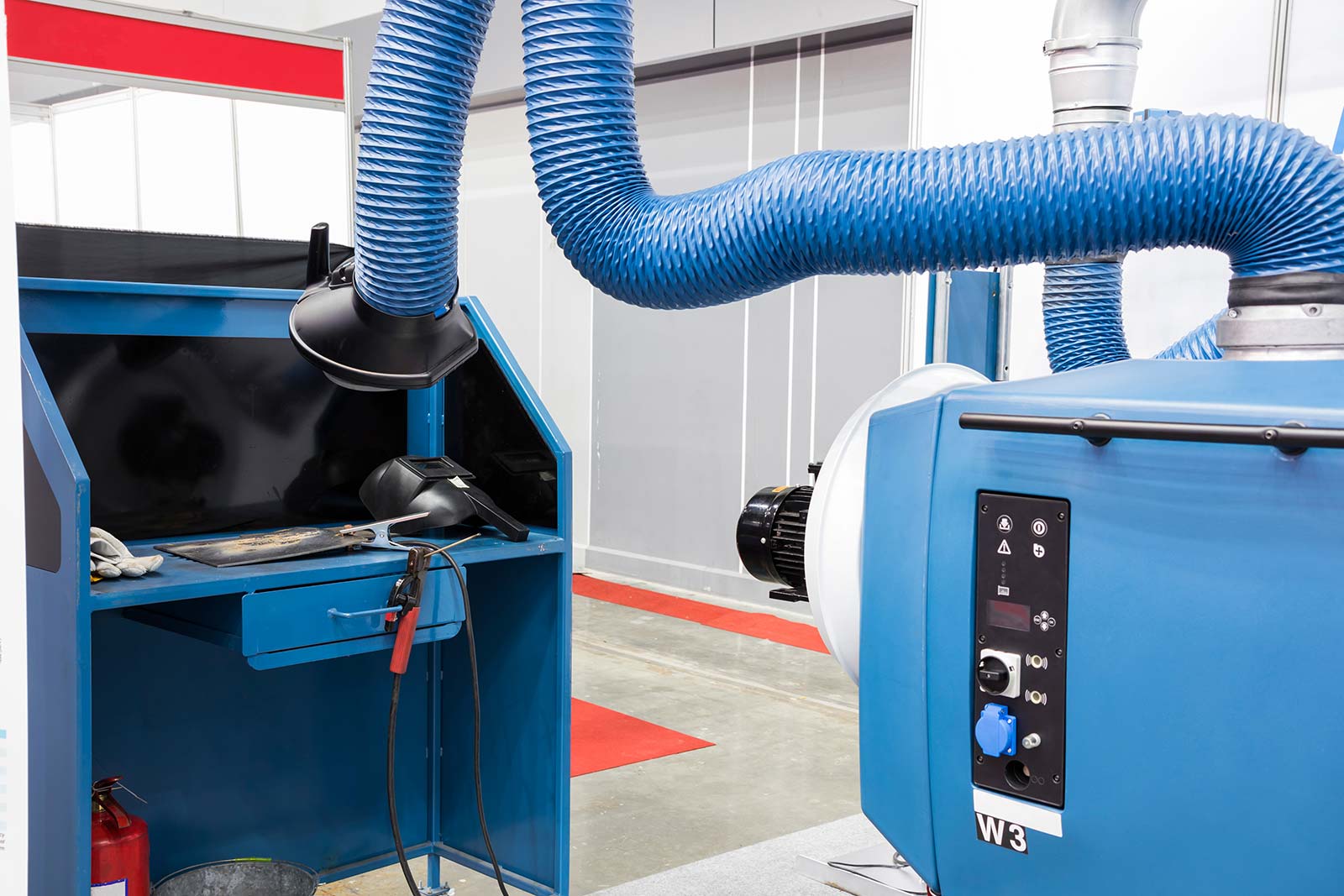Why Proper Ventilation Supports Your Plumbing System
Call TodayPresented here down the page you can locate additional good facts pertaining to Why Plumbing Air Vents Are Important.

Appropriate air flow in pipes systems is frequently ignored, yet it is critical for maintaining the performance and safety of your home's plumbing. Ventilation aids manage air pressure, protect against the buildup of damaging gases, and ensure the effective removal of waste. In this overview, we will discover the relevance of proper plumbing air flow, how it functions, and the benefits it brings to your plumbing system.
Just How Ventilation Functions in Pipes Systems
Air Pressure Policy
Appropriate ventilation keeps balanced atmospheric pressure within the plumbing system. When water streams through pipes, it displaces air. Without adequate air flow, this variation can produce negative pressure, resulting in slow drains pipes or siphoning of water from catches, which can cause unpleasant odors to leak right into the home.
Avoiding Sewage System Gas Buildup
One of the most crucial features of pipes vents is to avoid drain gases, such as methane and hydrogen sulfide, from building up within the home. These gases can pose major health and wellness dangers and are very flammable. Vent pipes enable these gases to escape safely outside.
Assisting in Waste Elimination
Ventilation helps in the reliable elimination of wastewater by stopping airlocks in the drain system. When air can flow openly with the vents, it allows water and waste to move smoothly via the pipelines, decreasing the threat of blockages and back-ups.
Benefits of Correct Ventilation
Boosted System Effectiveness
Properly aerated pipes systems operate more successfully, with less blockages, faster draining, and much less pressure on the pipes. This effectiveness prolongs the life-span of the pipes system.
Improved Air Quality
By stopping sewage system gases from entering your home, proper ventilation contributes to much better indoor air high quality, making your living atmosphere healthier and a lot more comfy.
Protecting Against Water Damages
Ample air flow assists stop water from being siphoned out of traps, which can result in sewer gases entering the home and creating water damages gradually.
Steps to Ensure Correct Air Flow
Consulting Plumbing Codes
Constantly get in touch with neighborhood plumbing codes when making or customizing your plumbing system. These codes provide the essential guidelines for correct venting and guarantee your system satisfies safety and security requirements.
Normal Assessment and Upkeep
Normal assessments can assist recognize possible air flow problems before they end up being major troubles. Upkeep tasks, such as cleaning up air vent pipes and checking for obstructions, are important for keeping the system in good working order.
Expert Installment
For brand-new installations or major modifications, it's a good idea to employ a specialist plumber. They have the know-how to make certain the air flow system is properly developed and installed according to code.
Understanding Air Flow in Pipes
Ventilation in pipes describes the network of pipes that allow air to move with the drainage system. These vents serve multiple functions, including managing air pressure within the pipelines, stopping drain gases from going into the home, and aiding in the smooth flow of wastewater.
Types of Plumbing Vents
Key Stack Vent
The major pile vent, likewise called the vent stack, is the main vent in a plumbing system. It expands from the primary drainpipe line up through the roof covering, enabling gases to run away and fresh air to enter the system.
Branch Vent
Branch vents connect to the primary pile air vent and offer specific components, such as sinks, toilets, and showers. These vents make certain that each component has sufficient ventilation to operate effectively.
Air Admittance Valve (AAV).
An Air Admission Valve (AAV) is a one-way shutoff that enables air to enter the pipes system without the need for a traditional air vent pipe prolonging via the roofing system. AAVs are frequently made use of in improvements or locations where installing a standard air vent is unwise.
Signs of Poor Air Flow in Plumbing.
Slow Draining Fixtures.
If your sinks, bathtubs, or toilets are draining pipes slowly, maybe a sign of inadequate ventilation. Inadequate air flow can develop a vacuum impact, making it hard for water to drain pipes properly.
Gurgling Seems.
Gurgling noises originating from drains pipes are commonly an outcome of air being drawn via water catches as a result of adverse stress in the pipelines. This is a clear sign of inadequate ventilation.
Unpleasant Smells.
Sewage system smells inside your home are a red flag that your plumbing system is not properly aerated. This might imply that sewer gases are not being properly vented outside, bring about possibly hazardous problems.
Typical Ventilation Errors.
Insufficient Vent Sizing.
Utilizing small vent pipelines can bring about bad air flow and stress imbalances in the system. It's essential to utilize vents that satisfy the certain requirements of your pipes system.
Improper Vent Positioning.
Positioning vents as well far from the components they serve can lower their efficiency. Correct placement ensures that air can stream openly and efficiently with the system.
Disregarding Code Requirements.
Building ordinance offer certain standards for plumbing air flow. Disregarding these codes can cause a system that fails to work appropriately and may cause pricey repair work or carcinogen.
Verdict.
Proper ventilation is a critical element of any type of pipes system, ensuring that it functions effectively and securely. By understanding the significance of air flow, acknowledging the indications of bad air flow, and taking actions to preserve your system, you can protect against costly issues and protect your home's air quality.
4 Things You Should Know About Your Plumbing Vents
What Plumbing Vents Are
Also called a vent stack, a plumbing vent is a vertical pipe attached to your drain line that runs through your roof. The plumbing vent pipe, or plumbing air vent, removes gas and odors from your plumbing system and allows fresh air to enter the pipes, helping the water to flow out of the drain pipes.
What Plumbing Vents Do
Plumbing vents have two basic functions. One of which is to allow unpleasant smelling wastewater and sewer gasses to escape your plumbing system instead of entering your home. Plumbing vent pipes are typically located on roofs, away from windows, to ensure the fumes exit the home completely.
The other function of the plumbing vent is to move fresh air into your plumbing system. This helps move water through every plumbing fixture in your house, like toilets and sink drains. Think of the way in which you need to let a little air into the bottle as you pour soda in order to make the drink flow smoothly.
Different Types of Plumbing Vents
True vent: This is the most common vent option. In simplest terms, a true vent is a vertical pipe attached to your drain line that exits through the roof. They often function as the main vent that other fixtures can connect to. Re-vent pipe or auxiliary vent: Attached to the drain line near specific plumbing fixtures, re-vent pipes run up and over to connect to the main vent. Common vent: Two plumbing fixtures installed on opposite sides of a wall are typically tied into the vent stack using something known as a sanitary cross. Wet vent: This venting option operates as a drain pipe and a vent at the same time. Wet vent drainage systems drain water from one fixture while venting the air from another. Although they’ve been used for over 100 years, wet vent systems have only recently been added to the plumbing code in many areas. If you’re planning on installing one in a bathroom remodel, make sure you check your local code prior to construction. Loop vent: For free-standing fixtures like kitchen island sinks, loop vents are ideal. These vent pipes run under the floor, rise from the P-trap, and create a loop inside the cabinet sink. Air admittance valve: An AAV is a one-way mechanical valve typically installed at the site of the plumbing fixture. AAVs allow venting to occur without having to tie into a larger venting system. They’re ideal for venting fixtures where you aren’t able to easily connect to an existing vent system. Common Plumbing Vent Issues
Although vent pipes typically don’t have water flowing through them, they’re still subject to many typical plumbing issues. For example, clogs are one of the most common problems associated with sewer vent pipes. If your vent pipe gets clogged, all of your plumbing fixtures tied into the vent stack will be affected.
A sink with a slow drain that bubbles and gurgles or a strong sewage smell around your toilet are both indicators that your toilet vent pipe is clogged. Because most vent pipes exit through the roof, old leaves, twigs or even a bird’s nest could be clogging the pipe.
Clogs in your vent pipe system cause a buildup of negative pressure, meaning that water won’t be able to flow out of your home very well. It’s similar to putting your finger over the opening of a straw to trap water inside. When you remove your finger, the water is able to flow out of the straw.
If you suspect you have any blockage in your vent, make sure you have a professional come examine the situation. Left unchecked, a blocked air vent can lead to other costly repairs, like leaks and sediment buildup.
Under Pressure
Pipe vents are essential aspects of a home’s plumbing system. Owning a home means learning about all sorts of things you never put much thought into before. But by understanding as much as you can about the important systems of your home, you can keep those budgets intact and those anxiety levels low.
https://www.homeserve.com/en-us/blog/home-improvement/plumbing-vents/

As a person who reads on What Is a Plumbing Vent and Why Is It Important, I imagined sharing that piece of writing was a great idea. In case you liked our post please don't forget to pass it around. Bless you for your time. Don't forget to pay a visit to our blog back soon.
Hire A Pro